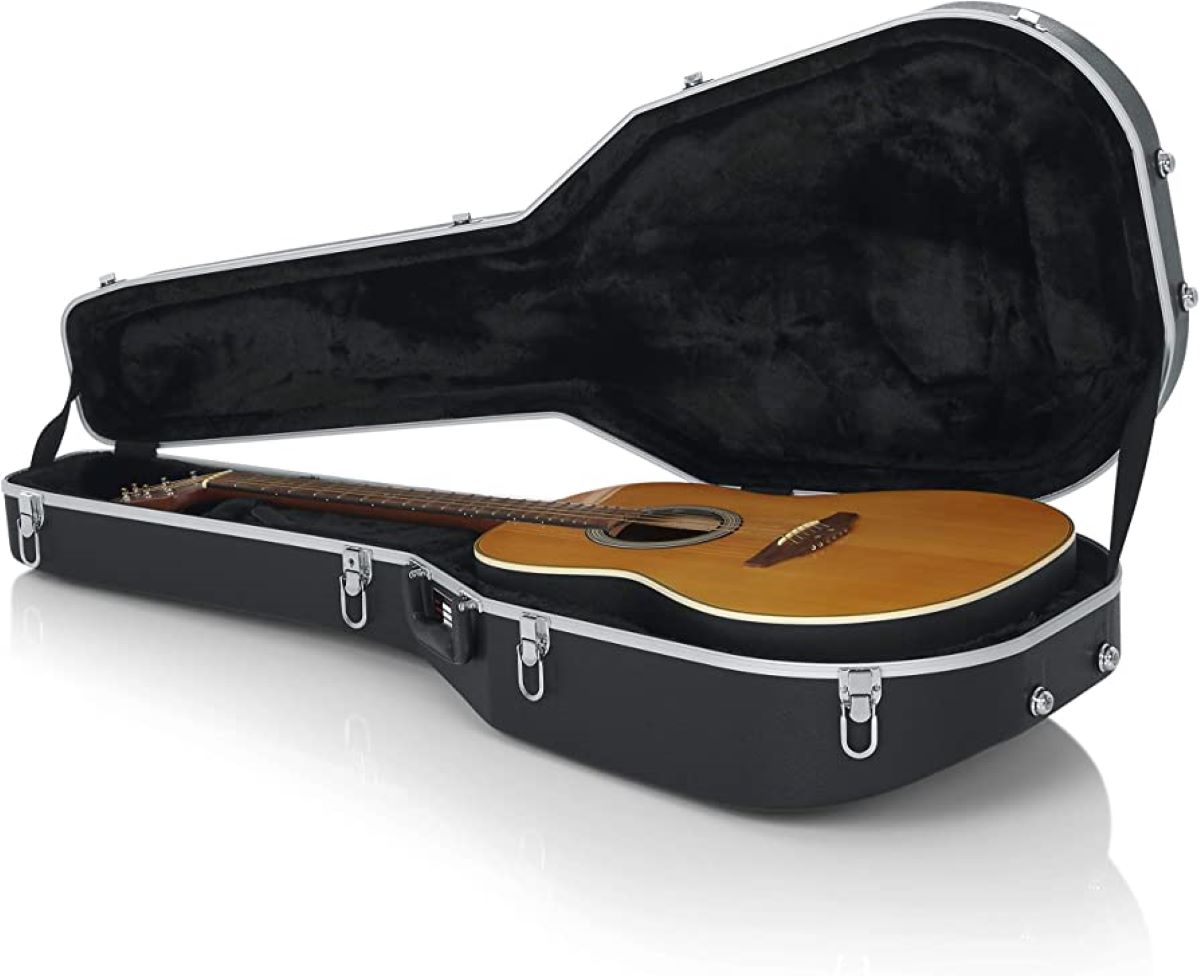

Articles
How To Store A Guitar In A Case
Modified: February 22, 2024
Learn the best techniques for storing your guitar in a case and protecting it from damage. Read our informative articles for expert advice and tips.
(Many of the links in this article redirect to a specific reviewed product. Your purchase of these products through affiliate links helps to generate commission for Storables.com, at no extra cost. Learn more)
Introduction
When it comes to caring for your beloved guitar, proper storage is essential. Whether you’re a professional musician or simply a guitar enthusiast, keeping your instrument in pristine condition is crucial for maintaining its tone and playability. One of the best ways to protect your guitar when it’s not in use is by storing it in a case.
In this article, we’ll explore the various considerations and steps involved in storing your guitar in a case. From choosing the right case to proper maintenance, you’ll learn everything you need to know to keep your guitar safe and secure.
Key Takeaways:
- Choose the right case: Whether it’s a hardshell, soft, or flight case, selecting the right one for your guitar is crucial for providing the necessary protection during storage and transportation.
- Proper preparation is key: From cleaning and loosening the strings to securing the guitar in the case and maintaining the case itself, taking the necessary steps ensures your guitar remains in optimal condition for years to come.
Read more: How To Store Guitar Cases
Choosing the Right Guitar Case
When it comes to storing a guitar, the first step is to choose the right case. There are several different types of guitar cases available, each offering varying levels of protection. Here are some key considerations to keep in mind:
- Hardshell Case: A hardshell case offers the highest level of protection for your guitar. These cases are typically made from sturdy materials like ABS plastic or fiberglass and feature a plush interior lining. They provide excellent resistance against impacts and are ideal for musicians who frequently travel or gig.
- Soft Case: Soft cases, also known as gig bags, are made from lightweight materials like nylon or canvas. They are more affordable and easier to carry compared to hardshell cases. While soft cases may not offer the same level of protection against heavy impacts, they still provide a good level of protection against scratches and minor bumps.
- Flight Case: Flight cases are heavy-duty cases designed for maximum protection during air travel. They are constructed with strong materials, such as aluminum or plywood, and often feature foam padding and reinforced corners. If you frequently travel by plane with your guitar, a flight case is a wise investment.
Once you’ve decided on the type of case that suits your needs, consider the size and fit. The case should be the appropriate size for your guitar, ensuring a snug fit without excessive movement. If the case is too large or too small, it may not provide adequate protection.
Additionally, check for additional features such as locking mechanisms, storage compartments, and backpack straps, depending on your preferences and requirements. These features can add convenience and further enhance the usability of the case.
By choosing the right guitar case, you can provide your instrument with the necessary protection it needs during storage and transportation.
Preparing the Guitar for Storage
Before placing your guitar in the case for storage, it’s important to take a few steps to ensure that it’s properly prepared. Follow these guidelines to protect your instrument during its time in the case:
- Clean the guitar: Start by cleaning the guitar to remove any dirt, dust, or oils that may have accumulated on its surface. Use a soft, lint-free cloth to wipe down the body, neck, and strings. If necessary, you can use a guitar cleaner or polish specifically designed for your guitar’s finish.
- Loosen the strings: Loosening the strings slightly can help relieve tension and minimize stress on the neck during storage. However, avoid completely detuning the strings, as this can lead to changes in the guitar’s setup and intonation.
- Protect the neck: To protect the neck from shifting or bending, consider using a neck support or cushion. This will help maintain the proper curvature of the neck while the guitar is stored.
- Remove any accessories: Take off any accessories attached to the guitar, such as capos, straps, or extra strings. Store these separately, so they don’t put unnecessary pressure on the guitar or damage the finish.
- Check the guitar’s humidity: Depending on your climate, it’s important to ensure that the guitar remains in a suitable humidity range. Extreme humidity levels can cause damage to the wood and affect the guitar’s playability. Consider using a humidifier or dehumidifier to regulate the humidity in the storage area.
By taking these steps to prepare your guitar for storage, you can minimize the risk of damage and maintain its condition while it’s not in use.
Placing the Guitar in the Case
Now that your guitar is properly prepared, it’s time to place it in the case. Follow these steps to ensure a safe and secure fit:
- Open the case: Start by opening the guitar case fully, ensuring that the latches or zippers are fully undone.
- Position the case: Position the case on a stable surface, such as a table or floor, ensuring that it won’t tip over or move while you’re placing the guitar inside.
- Angle the case: Angle the case slightly, with the headstock area of the case elevated higher than the body area. This will make it easier to slide the guitar into the case without bumping the headstock against the case walls.
- Place the guitar: Gently lower the guitar into the case, starting with the headstock. Carefully guide the neck of the guitar into the neck rest or cushion, ensuring that it is properly supported and aligned.
- Fit the body: Once the neck is in position, carefully lower the body of the guitar into the case, making sure it rests comfortably in the body compartment. Avoid any unnecessary pressure or forcing.
- Align the guitar: Ensure that the guitar is centered and aligned within the case, with the bridge area centered in the lower body compartment. This will provide proper weight distribution and minimize any risk of movement during storage or transportation.
Take your time during this process to ensure that the guitar is securely and snugly placed within the case. A proper fit will prevent any unnecessary movement or potential damage to the instrument.
Always loosen the guitar strings before storing it in the case to relieve tension on the neck. This will help maintain the guitar’s shape and prevent damage.
Securing the Guitar in the Case
Once the guitar is safely placed in the case, it’s important to secure it properly to prevent any movement or damage during storage or transportation. Follow these steps to ensure the guitar is secure:
- Fasten the neck strap: Some guitar cases come with a neck strap or latch to secure the neck of the guitar. If your case has this feature, fasten it securely to hold the neck in place.
- Buckle the body strap: Check if your guitar case has a body strap or latch. If it does, buckle it tightly to secure the guitar’s body in place.
- Use the case compartments: Utilize any storage compartments in the case to house your guitar accessories, such as picks, strings, or tuners. This will prevent them from moving around and potentially scratching the guitar.
- Close and latch the case securely: Ensure that all latches or zippers on the guitar case are securely closed and fastened. This will prevent the case from accidentally opening and the guitar from shifting inside.
- Double-check the guitar’s placement: Before moving the case, double-check that the guitar is still properly centered and aligned within the case. Adjust if necessary to prevent any movement.
By properly securing the guitar in the case, you can minimize the risk of damage caused by movement or shifting during storage or transportation.
Storing the Guitar Case in a Safe Location
Once your guitar is securely placed and fastened in its case, it’s essential to store the case in a safe and suitable location. Here are some important considerations for storing your guitar case:
- Choose a climate-controlled area: It’s best to store your guitar case in a climate-controlled environment, where temperature and humidity levels are stable. Extreme changes in temperature and humidity can have a detrimental impact on the guitar’s wood, causing warping or cracking.
- Avoid exposure to direct sunlight: Direct sunlight can cause the guitar’s finish to fade and can also alter the temperature inside the case. Choose a location away from windows or other areas where the case may be exposed to prolonged sunlight.
- Protect from moisture and water: Keep the guitar case away from areas of high moisture or potential water damage. Avoid basements, attics, or areas prone to leaks or excessive humidity. Moisture can cause mold, mildew, and damage to the guitar’s wood or finish.
- Consider wall-mounted hooks or stands: If you have limited floor space, consider using wall-mounted hooks or stands specifically designed for storing guitar cases. This can help keep the case off the ground and provide easy access when needed.
- Avoid stacking heavy items on top: Ensure that the guitar case is not subjected to heavy objects being stacked on top of it. This can put unnecessary pressure on the case and potentially damage the guitar inside.
- Keep the case away from potential hazards: Store the guitar case away from areas with high foot traffic, where it can be accidentally bumped or knocked over. Keep it away from sources of potential damage, such as pets, children’s play areas, or equipment that could pose a risk to the case.
By storing your guitar case in a safe and suitable location, you can protect your instrument from potential hazards and maintain its condition for years to come.
Maintaining the Guitar Case
Maintaining the guitar case is just as important as caring for the guitar itself. By keeping the case in good condition, you can ensure that it continues to provide optimal protection for your instrument. Here are some tips for maintaining the guitar case:
- Clean the case regularly: Use a soft cloth or brush to remove any dust or debris from the exterior of the case. For hardshell cases, you can use a mild soap solution to clean stubborn stains. Be sure to dry the case thoroughly before storing the guitar inside.
- Check the case hardware: Regularly inspect the latches, hinges, and handles of the case to ensure they are in good working condition. If any components are loose, tighten them or consider replacing them if necessary.
- Inspect the interior lining: Check the interior lining of the case for any signs of wear, tears, or loose fabric. If needed, repair or replace the lining to ensure that it continues to provide cushioning and protection for the guitar.
- Store the case properly: When not in use, store the guitar case in an upright position, preferably on a flat surface. Avoid stacking other items on top of the case, as this can cause unnecessary pressure and potential damage.
- Monitor humidity levels: Keep an eye on the humidity levels in the storage area to ensure that the case remains within the recommended range. Extreme humidity or dryness can affect the case’s materials and potentially impact its protective properties.
- Address any issues promptly: If you notice any signs of damage or wear on the case, address them promptly. Repair or replace any damaged components to maintain the case’s integrity and protect your guitar effectively.
By regularly maintaining the guitar case, you can extend its lifespan and ensure that it continues to offer optimal protection for your cherished instrument.
Conclusion
Properly storing your guitar in a case is crucial for preserving its condition and protecting it from potential damage. By choosing the right case, preparing the guitar for storage, placing it securely in the case, and storing the case in a safe location, you can ensure that your guitar remains in optimal condition for years to come.
Remember to select a guitar case that offers the right level of protection for your needs, whether it be a hardshell case for frequent travel or a soft case for casual storage. Take the time to prepare your guitar by cleaning it, loosening the strings, and protecting the neck. When placing the guitar in the case, ensure a snug fit and secure the guitar with any available straps or latches.
It’s important to store the guitar case in a climate-controlled location away from direct sunlight, excessive moisture, and potential hazards. By maintaining the case with regular cleaning and inspections, you can ensure its continued effectiveness in protecting your guitar.
By following these guidelines and investing in proper guitar storage practices, you can enjoy the peace of mind that comes with knowing your guitar is protected and ready to play whenever you desire. So, take the time to store your guitar carefully, and it will reward you with beautiful music for years to come.
Frequently Asked Questions about How To Store A Guitar In A Case
Was this page helpful?
At Storables.com, we guarantee accurate and reliable information. Our content, validated by Expert Board Contributors, is crafted following stringent Editorial Policies. We're committed to providing you with well-researched, expert-backed insights for all your informational needs.


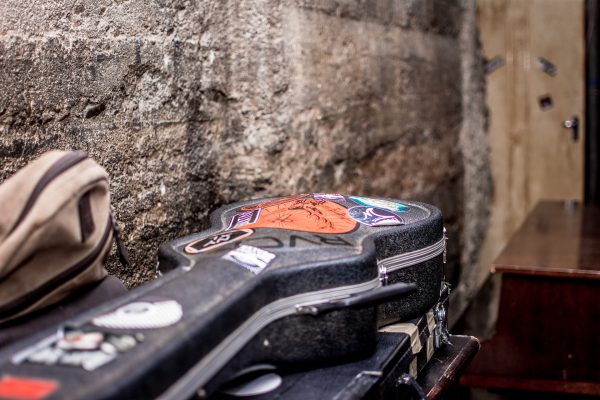

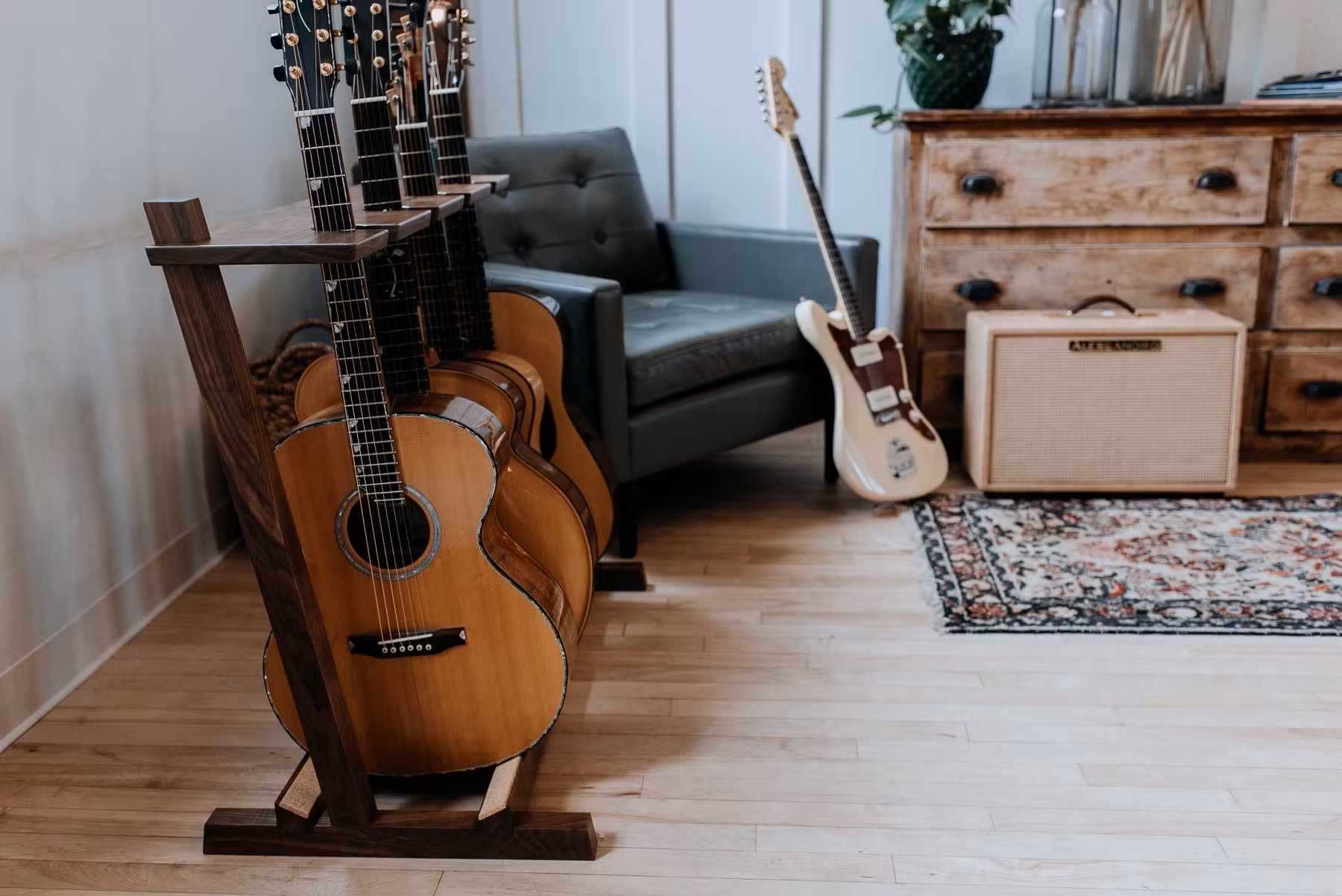
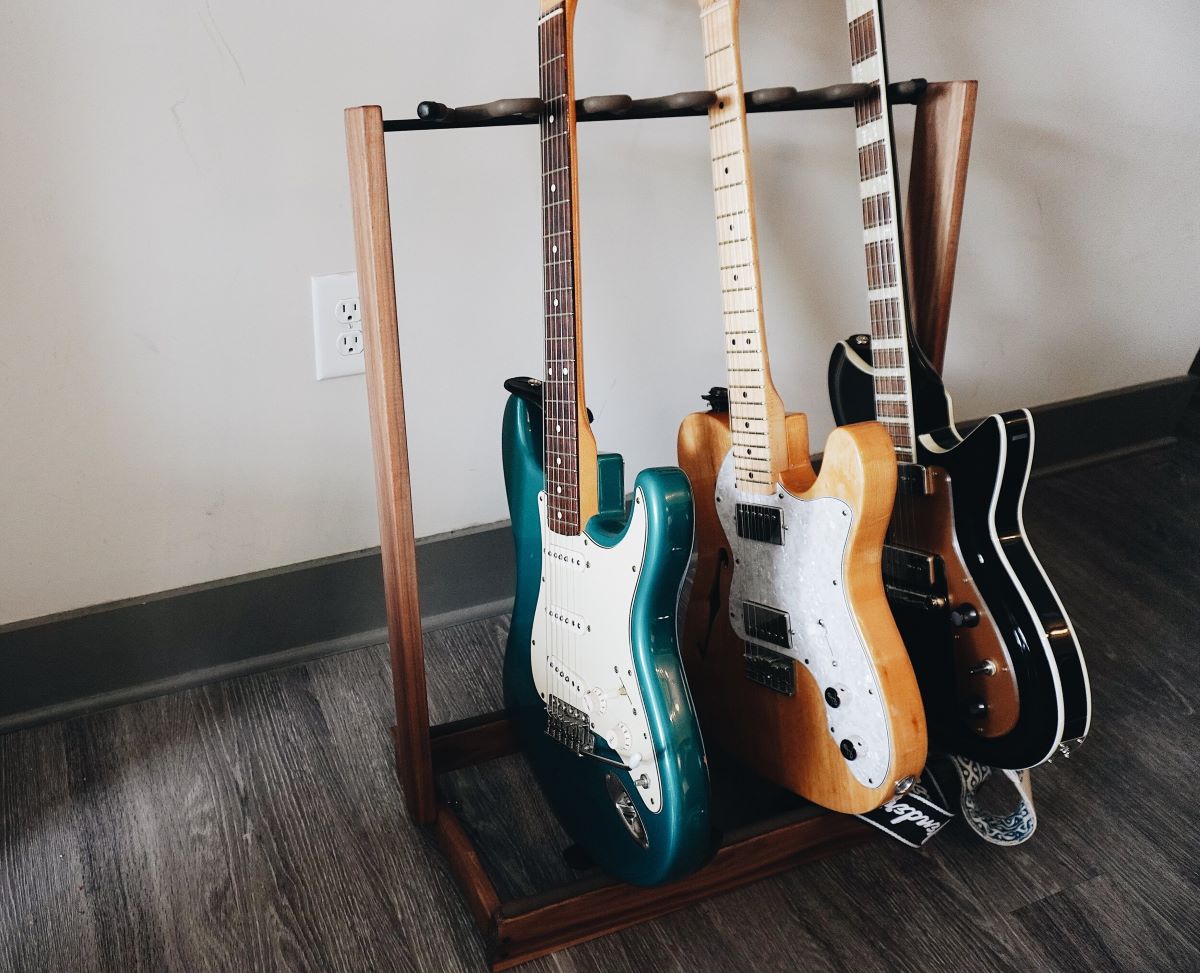





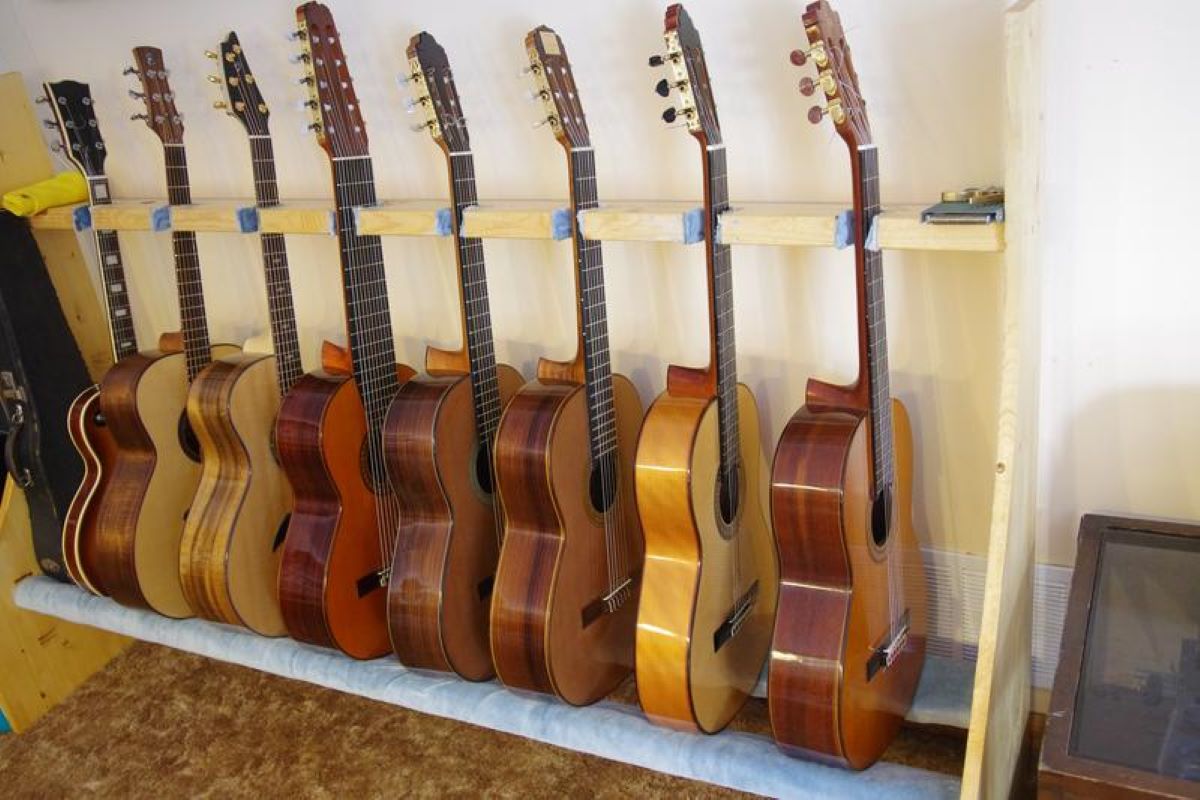



0 thoughts on “How To Store A Guitar In A Case”